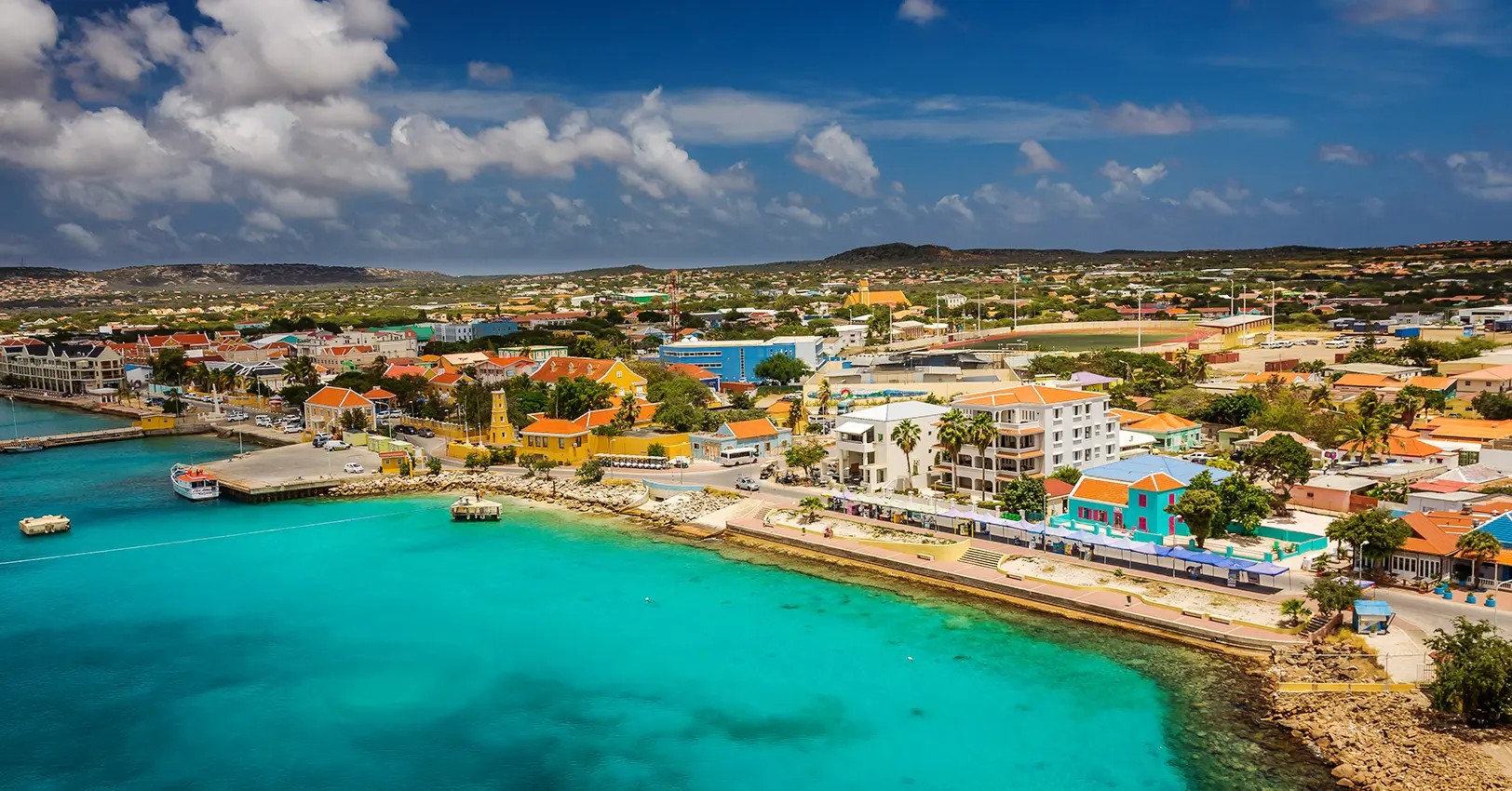Bonaire is a renowned scuba diving destination, often called the "Shore Diving Capital of the World," due to its unique combination of easy shore access, a well-protected national marine park, and a wide variety of dive sites suitable for all skill levels. Its location south of the hurricane belt also means excellent, predictable diving conditions year-round.
Incredible shore diving opportunities
- Freedom and flexibility: With over 60 marked shore dive sites accessible by vehicle, divers can explore on their own schedule without being limited by boat dive timetables. This makes it possible to do multiple dives per day, including night dives, with complete independence.
- Convenient setup: The process is straightforward: divers rent a truck, pick up tanks at a drive-through station, and drive to a yellow rock marking their chosen dive site. This DIY approach is a major draw for divers seeking adventure at their own pace.
Abundant and diverse marine life
- Thriving reefs: Decades of conservation efforts through the Bonaire National Marine Park have resulted in some of the healthiest reefs in the Caribbean, boasting high coral cover and biodiversity.
- Rich fish population: The reefs are home to over 470 species of fish, including schools of grunt, parrotfish, tarpon, barracuda, and blue tangs.
- Fascinating macro life: Bonaire is famous for its smaller reef inhabitants, including frogfish, colorful crabs, and seahorses.
- Larger creatures: Divers can also spot sea turtles, moray eels, and spotted eagle rays.
Outstanding dive conditions
- Excellent visibility: The consistently calm and clear waters typically offer visibility of over 100 feet.
- Warm water: Water temperatures stay warm and comfortable throughout the year, ranging from 78 to 84°F (25–29°C).
- Calm currents: On the sheltered western side of the island, currents are typically minimal, providing ideal conditions for new divers and underwater photographers.
Diverse sites for all levels
- Beginner friendly: The fringing reefs are close to shore and feature a gentle slope, allowing new divers to practice skills in calm conditions.
- Advanced sites: Experienced divers can explore deeper wall dives and more challenging currents on the remote east side of the island or around Klein Bonaire.
- Unique sites: Notable dive spots include the wreck of the Hilma Hooker and the stunning coral-covered pilings of the Salt Pier
Committed to conservation
- Protected marine park: The entire coastline is part of the Bonaire National Marine Park, which protects the island's reefs, seagrass, and mangroves. A user fee funds park management and services.
- Reef restoration: Organizations like Reef Renewal Foundation Bonaire work to actively restore and increase the resiliency of the island's reefs, with opportunities for divers to get involved in restoration efforts.
